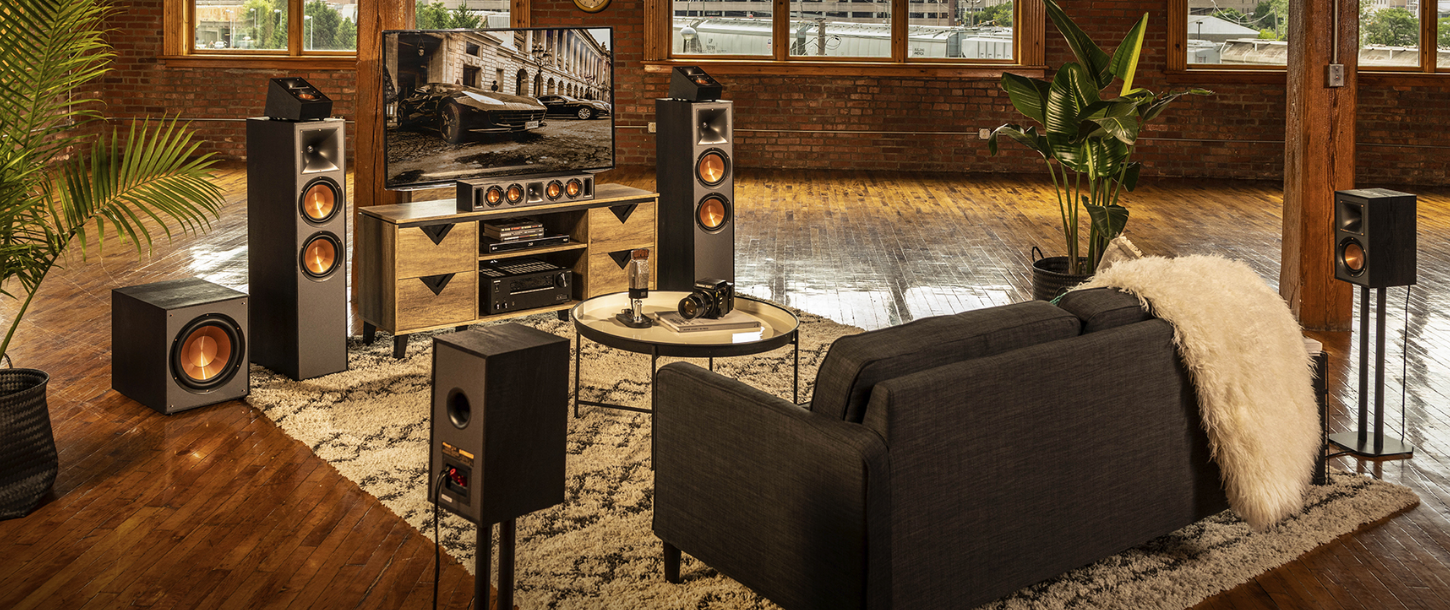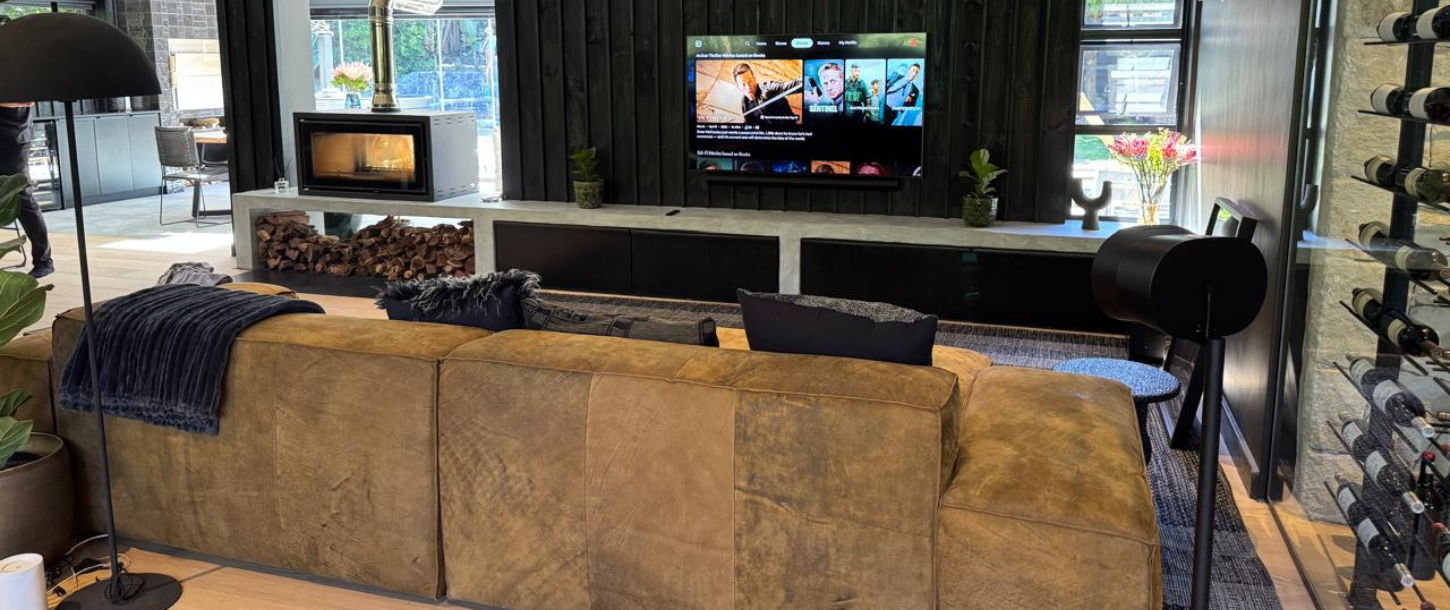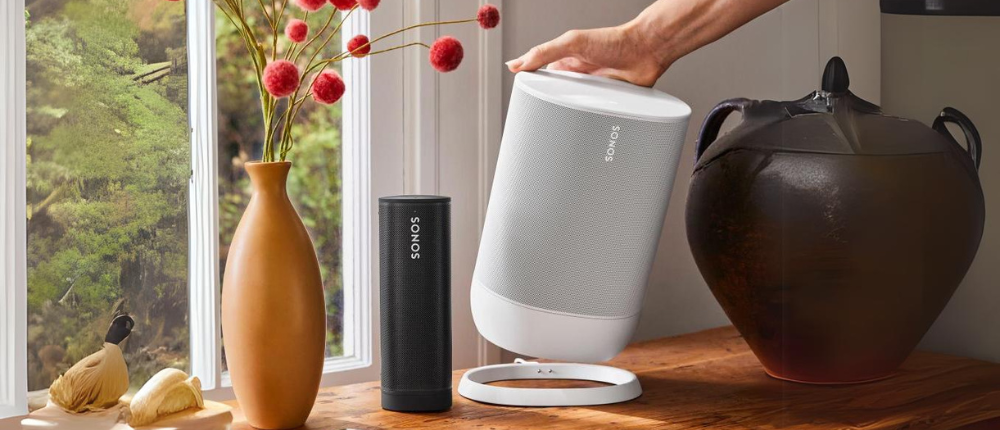You’ve invested in great speakers, you’ve carefully chosen your amplifier or AV receiver, and everything is finally connected. You press play and something feels off. The sound isn’t bad, but it’s not quite what you expected. The vocals are a bit buried, the bass feels overwhelming, or the sound seems to be floating somewhere behind you.
This is a common experience and more often than not, it comes down to one thing: speaker placement.
Placement Isn't an Afterthought-it’s Part of the Performance
A lot of people focus on speaker specs and sound formats, but overlook how critical the room and positioning are to overall sound performance. Think of your speakers like instruments. Just as a violin sounds different in a concert hall compared to a small bedroom, your speakers react to their surroundings.
Walls, windows, furniture, and even the flooring influence how sound travels. By learning the fundamentals of speaker placement, you can dramatically improve your sound-without upgrading your gear.
The Golden Rules of Speaker Placement
While no two rooms are the same, there are some universal guidelines to follow—starting with symmetry. Your listening area should ideally be centered between the left and right speakers to maintain proper balance.
For stereo setups, create a triangle where the distance between the two speakers is equal to the distance from each speaker to your main listening position. The speakers should face inward slightly, with the tweeters aimed at ear level.
Avoid placing speakers directly against walls or in corners-this can cause sound reflections and exaggerated bass. Instead, give them space to breathe. Even a few centimetres away from the back wall can make a noticeable difference.

Home Theatre Layouts: Getting Surround Sound Right
With home theatre systems, speaker positioning becomes even more important. Your front left and right speakers still follow the stereo principles, but the centre speaker should sit directly above or below your screen and be angled toward your ears.
Surround speakers should be positioned just behind or to the side of your seating area slightly higher than ear level. For larger setups, rear or overhead speakers should also be strategically placed to avoid creating a messy or disconnected soundstage.
Proper placement ensures that surround effects actually surround you- instead of getting lost in the room.

Don’t Forget the Room Itself
No speaker setup is complete without considering the acoustic environment. Rooms with lots of glass, bare walls, or tiled floors tend to reflect sound more aggressively, creating harsh or echoey playback. On the other hand, overly soft rooms with lots of fabric may absorb too much detail.
If your space sounds too bright or too dull, small adjustments like adding a rug, curtains, or acoustic panels can help balance the sound.
Your Ears Are the Final Judge
Measurements and diagrams are useful starting points, but at the end of the day, speaker placement is also about listening. Try moving your speakers a little closer together. Raise them slightly. Change the angle. You might be surprised how much the sound improves with just a minor adjustment.
Don’t be afraid to experiment. Sometimes the best setup isn’t about following a formula—it’s about finding what works in your space.
Need Expert Help?
If you want to make sure your system performs at its best, we’re here to help. We offer in-store guidance, home consultations, and full custom installation services. Whether you're setting up a two-channel system, a full surround theatre, or a dedicated music room, we can help you get the most out of every speaker.





